Is your Mac saying that it's system has run out of application memory and has been sluggish ever since? Then you may need to get it fixed ASAP because it is getting annoying. That only means that you’re using too much of your Mac’s memory. You can easily fix that by following our tips that can help you reduce memory usage.
Contents: Part 1. What Do I Do When My Mac Says System Has Run out of Application Memory?Part 2. Why Does My Mac Keep Saying My Computer Is Low on Memory?Part 3. How to Fix Your System Has Run Out of Application Memory?Part 4. Conclusion
Part 1. What Do I Do When My Mac Says System Has Run out of Application Memory?
Is your Mac taking a long time to launch apps and open files? Are you seeing the spinning rainbow wheel way more often now? Those are simply telltale signs that your Mac is soon running low on memory. The more obvious sign is an error message saying that your system has run out of application memory.
To run efficiently and allow you to multitask, your Mac requires space on its disk. Then you should remove purgeable space on Mac or do other things. This will help lessen the load on your RAM and enable your Mac to run without performance issues.
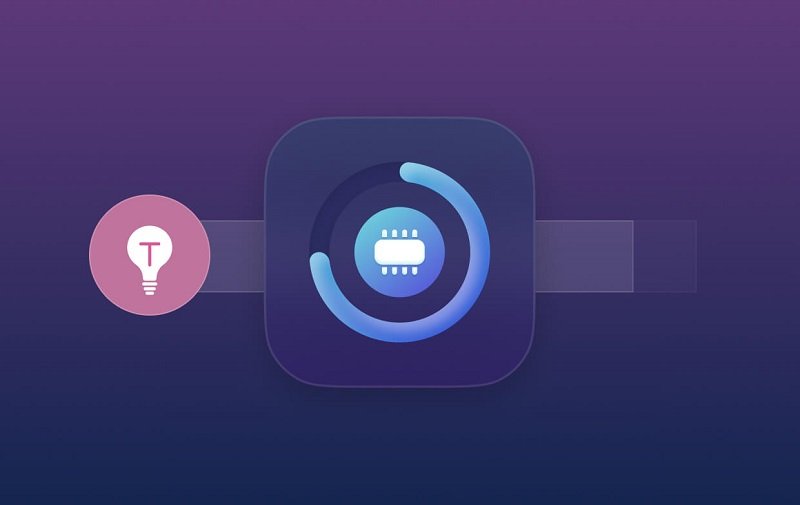
How Do I Check My Application Memory on Mac?
As with any type of problem, you can fix it only if you know the cause. How to check memory on Mac? In your Mac’s case, you will need to access Activity Monitor to check up on its memory usage. It is simply a task manager that shows you the apps and processes that are running and how they use your Mac’s memory, CPU, and energy.
Simply go to the Applications folder > Utilities > Activity Monitor. You will see 5 tabs on the window. You will only need to look at 2 tabs, CPU, and Memory. Then you can see how apps and background processes are affecting your CPU and how your Mac’s memory is being used. If you see yellow and red on the right part of the graph, this means that you’re running out of space.

People Also Read:How to Clean Up Macbook StorageOptimizing Mac Storage – How Can I Do That?
Part 2. Why Does My Mac Keep Saying My Computer Is Low on Memory?
When your Mac says it's low on memory, it means the system has run out of application memory or RAM. This can happen due to:
- Running multiple apps simultaneously can consume a lot of memory.
- Some apps, especially those for video editing, gaming, or virtual machines, use significant memory.
- Hidden processes or apps running in the background can consume RAM.
- Certain apps might not release memory properly after use, leading to increased consumption over time.
Part 3. How to Fix Your System Has Run Out of Application Memory?
Follow these useful tips to deal with "mac your system has run out of application memory" issue:
Fix 1. Clean up Your Desktop
Keeping your desktop clean and organized doesn’t only look good. In fact, keeping your desktop cluttered and full of icons would only lead to more memory usage. Mac considers each icon as an active window, so this puts an unnecessary burden on your computer.
Fix 2. Free up Your Mac's Disk Space
How to reduce memory usage Mac? Getting rid of files and app that occupy your startup disk would give your RAM a breather and get more application memory mac. It also helps your Mac run faster.
Start off with the following files:- Unused files, especially large ones
- Old iOS and iTunes backups
- Cache files and browser cache
- Duplicate photos and files
- Unused apps
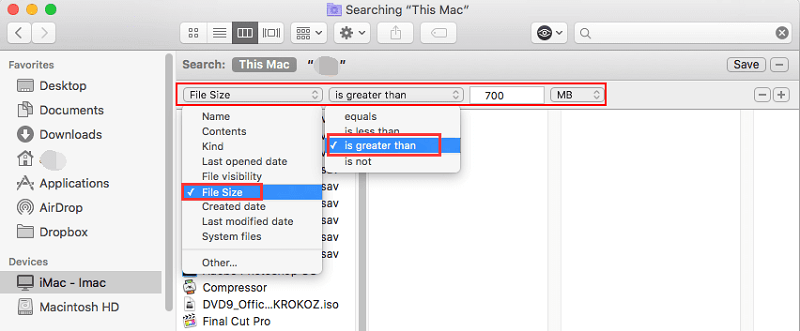
If you have no idea how to look for them on your Mac, you can use PowerMyMac instead. It scans your Mac for junk files and deletes them for you in just a few clicks. It helps you find photos stored on your Mac and remove the duplicates Apps normally eat up a chunk of your disk space, so uninstalling them would help a lot.
Fix 3. Uninstall Useless Apps
Uninstalling apps is one way to fix your system has run out of application memory on Mac. There are apps that we rarely use and are just taking up precious space.
Apps most often have hidden files that you can’t delete. With the Uninstaller tool of iMyMac PowerMyMac, you can delete every trace of an app in a matter of clicks. This way, you can free up disk space with as little effort as possible.
Here are the steps on how to clear application memory on your Mac by using PowerMyMac:
- Free download and install PowerMyMac on your Mac. You can enjoy the free trial with 500 MB.
- Run PowerMyMac and select App Uninstaller from the left side of the interface.
- Hit SCAN to prompt the software to search for your Mac’s apps.
- Check the box beside the apps that you wish to uninstall. Once you have made all of your choices, press CLEAN.
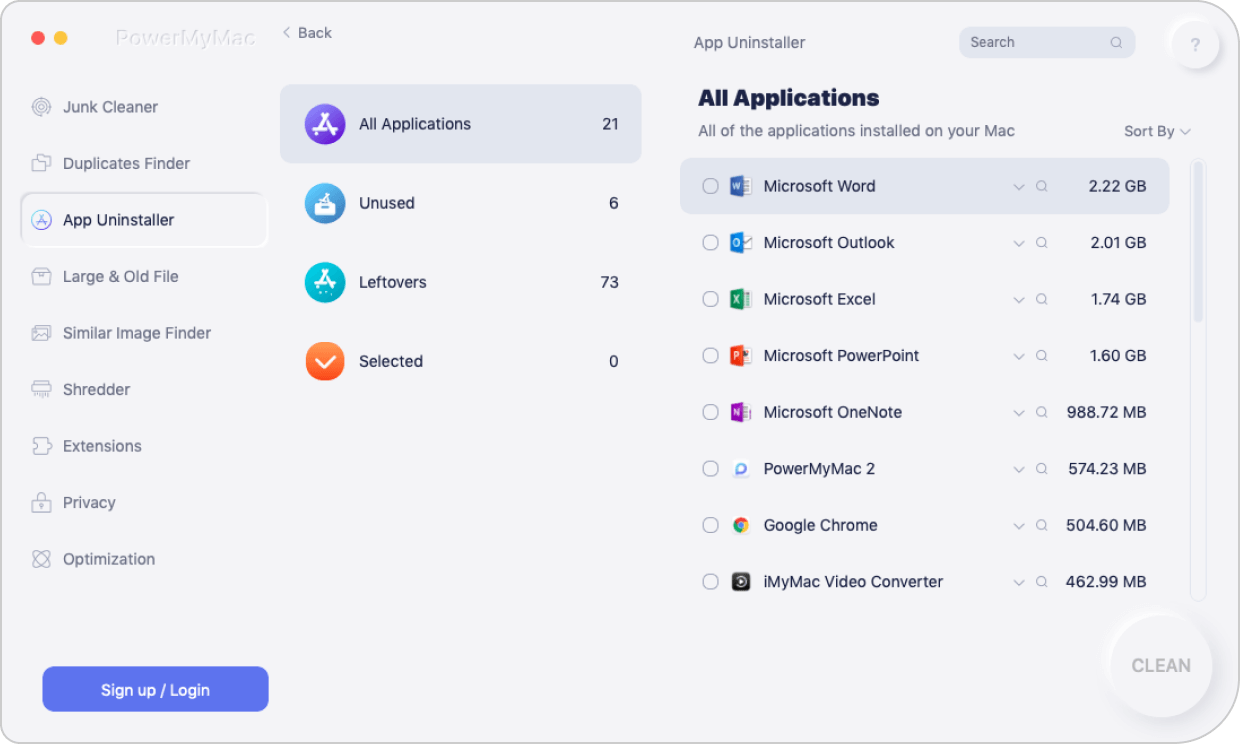
Fix 4. Get Rid of Browser Extensions
Browser extensions come in many forms and can be quite helpful to us. It won’t come as a surprise if you have a number of them installed on your Mac. However, you may notice that you have a few that you didn’t even install in the first place. These add-ons can take up a portion of your RAM and reduce capacity. You can, perhaps, do away without a lot of extensions. Removing them yourself is just easy. For Safari and Chrome, you simply need to launch the browser and go to Preferences.
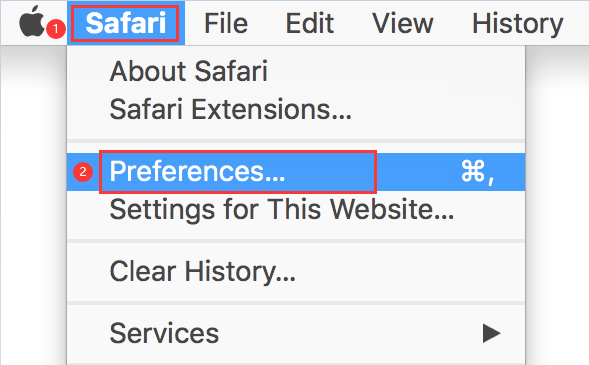
Fix 5. Open Fewer Windows
Running many windows at a time is sure to wrack up RAM usage. This applies to Finder windows as well. At times, they are too many of them that they are stacked up. To keep that from happening, you can merge all windows into one. Launch Finder, click on Window and choose Merge All Windows. This will reduce memory usage and let you use Finder sans the confusion.
Same goes for running multiple apps on your Mac. You should only open the apps that you need to use. Aside from that, opening fewer tabs on your browser would also help.
Fix 6. Lessen Finder’s Memory Usage
By default, Finder searches for your files across all folders on your Mac. More especially if you have a large number of files, this process makes Finder take up a considerable amount of RAM. We can fix that by making some changes to its settings. To do that, launch Finder and click Preferences. Click on the drop-down menu below “New Finder windows show:”. Choose any of the options except for All My Files.
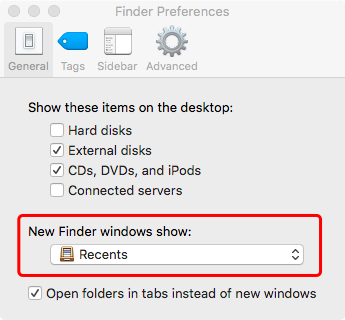
Exit out of Finder and launch it again. Opening Finder the normal way won’t reflect the changes you’ve made. You should double-click the Finder icon in the Dock while pressing the Option key. Click Relaunch.
Following these fixes, the issue of Mac running out of application memory will be solved and you will get more application memory on your Mac.
Fix 7. Update macOS System and Apps
To update macOS and apps on your Mac, follow these steps:
Updating macOS:
- Click the Apple menu and select "System Settings" (or "System Preferences").
- In System Settings, click "Software Update."
- The system will check for available updates. Click "Update Now" to install.
- Click the App Store icon in the Dock or use Spotlight Search.
- Click the "Updates" tab in the App Store.
- Click "Update" next to each app or "Update All" to update all apps.
Fix 8. Upgrad the RAM on Mac
Upgrading the RAM on a Mac involves different steps depending on the model. Here are general guidelines:
-
Determine if Your Mac Allows RAM Upgrades: Many newer Mac models, especially MacBooks and iMacs, have soldered RAM and cannot be upgraded. Check your model's specifications on Apple's website.
-
Purchase Compatible RAM: Use the exact specifications for RAM that your Mac supports. Websites like Crucial and OWC can help identify compatible memory.
-
Install RAM (for models that support upgrades, like older MacBook Pros or iMacs):
- Turn Off and Unplug Your Mac.
- Access the RAM Compartment: This is usually behind a removable panel on the back of the iMac or under the laptop's bottom case.
- Replace the RAM: Remove the existing RAM and install the new modules.
- Close the Compartment and reboot your Mac.
Part 4. Conclusion
Reducing memory usage is a must to keep your Mac running smoothly. Make sure to check Activity Monitor regularly to see what you can do to improve your Mac’s performance. In case you feel like your Mac is running slowly, restart it. That can help refresh your RAM and control memory usage.
If that didn’t do the trick, use PowerMyMac's App Uninstaller to get more memory on Mac. Your Mac will thank you for it!
Hope this post is useful for fixing your Mac system has run out of application memory. If you have other ways to this issue, feel free to leave a comment below.




John2022-02-14 14:15:49
The Apple silicon Mac's use what is called unified RAM which basically means CPU, Neural engine, GPU etc uses the same pool of memory. When you run out, it uses swap memory which writes, and reads from storage drive. Trouble is, the SoC design prevents any sort of ram upgrade if you decide you need more. You either have to reduce the use of what you have, or deal with the slower swap memory. Restarting is at least a temporary solution, but if you go back to using a lot of ram the problems return. I saw less of this issue with Intel Mac's but certainly the ARM SoC design Apple has done puts a bit more demand on ram. Any Apple silicon Mac purchase should consider buying the additional ram now.
John2021-06-29 22:14:59
Seems to be pRAM problem ... turn off your machine. Then press start button on your machine, and immediately hold down OP+CMD+P+R all at the same time. Let it chime and release buttons.
Василий2021-03-26 12:40:02
Хорошая работа... В дополнение для своего Мас'а держу запасной диск HDD с чистой Mac OS X...топкейс сильно не завинчиваю...если что быстро вставил новый диск и всё видно...при полной замене перенёс нужные файлы...а старый диск на полную зачистку до 7-кратного...благо это есть только у Мас'ов...Успехов!
iMyMac2021-03-27 03:22:46
Спасибо, что поделились.
Роман2021-01-17 12:27:18
Вроде по делу, но пункт 5 вообще не понятен. У меня нет строчки: New Finder windows show. И даже после перевода: Новое отображение окон Finder. Такого у меня тоже нет. Приложили бы скрин или указали категорию: Основные или Дополнения. Вроде самый полезный совет, т.к. программами большинство пользуется и так. А как его реализовать-не понятно. Про кнопку Option я вообще афигел. Они вроде был на маках лет 10 назад, разве нет? Я о неё только читал. У меня старичок 14го года и тут нет такой. Fn, Ctrl, Alt, Cmd. Возможно вы скопипастили тему из очень старых источников, поменяли название программы, и не проверили сами?
Василий2021-03-26 12:46:57
Alt - это и есть opt ...Аlt (alternative - альтернативная, другая)...opt (option - дополнительная, другая)...а то что человек "скопипастил",- это никому не возбраняется...во-вторых, это перевод с иносми, довольно хороший и нужный...Успехов!
iMyMac2021-01-18 08:47:25
Это более старая версия для Mac. Какую версию вы используете?
Tyrone2020-01-02 13:06:02
Is there any other solutions to fix this problem?
Shena2020-01-06 07:10:39
I was getting the error your system has run out of application memory and fixed it by resetting the NVRAM /PRAM: Turn off computer then turn it on again, press Command / Option / P / R All Four Keys at the same time before the gray screen appears. Hold the keys until you hear it start up for a second time. I had to do it twice, one right after the other, and now my machine is fine.
Sinaby2020-01-03 08:02:46
I was nerves when this problem happened on my Mac, I really appreciate that you have provided these useful tips to fix that issue, now my machine gets fine.
iMyMac2020-01-03 10:05:08
Thanks for your support!
Larissa2019-11-20 08:13:31
Two solutions that work for me: Tip 2 and Tip 3.
iMyMac2019-11-20 14:09:15
Thanks for your support!
Joseph2019-11-06 08:08:49
Cool! I have tried Tip 2 to uninstall lots of unneeded Apps, it works well! I really appreciate that.
iMyMac2019-11-20 14:08:10
Thanks for your support!